In this article, we will explore various business model examples and case studies that have been successful in different industries. Understanding different business models can provide valuable insights and inspiration for entrepreneurs, business owners, and professionals seeking to innovate and create sustainable ventures.
We will delve into the key elements and strategies behind some of the most renowned business models, including Apple Inc., Airbnb, Netflix, Tesla, and Uber. These companies have not only disrupted their respective industries but have also achieved significant success through their innovative approaches.
By examining their business models, we can gain insights into how they have transformed traditional practices, leveraged technology, and created unique value propositions for their customers.
With this text, we conclude the series of four articles:
- Introduction to Business Models;
- Comparative Analysis of Business Models;
- Business Model Canvas Template;
- Business Model Examples and Case Studies
◄ You are here
dedicated to business models, accompanied by examples of presentation templates from the PoweredTemplate library. The use of these templates can be beneficial in practice when developing a presentation for various business models.
Table of Contents
Showcase of Successful Business Models
In this section, we will showcase various successful business models implemented by prominent companies. These examples serve as inspiration and provide valuable insights into different approaches to building and sustaining a successful business.
Apple Inc.
Apple Inc. is a prime example of a company with a highly successful business model that has revolutionized the technology industry. The company’s innovative approach and strong emphasis on user experience have propelled it to become one of the most valuable companies in the world.
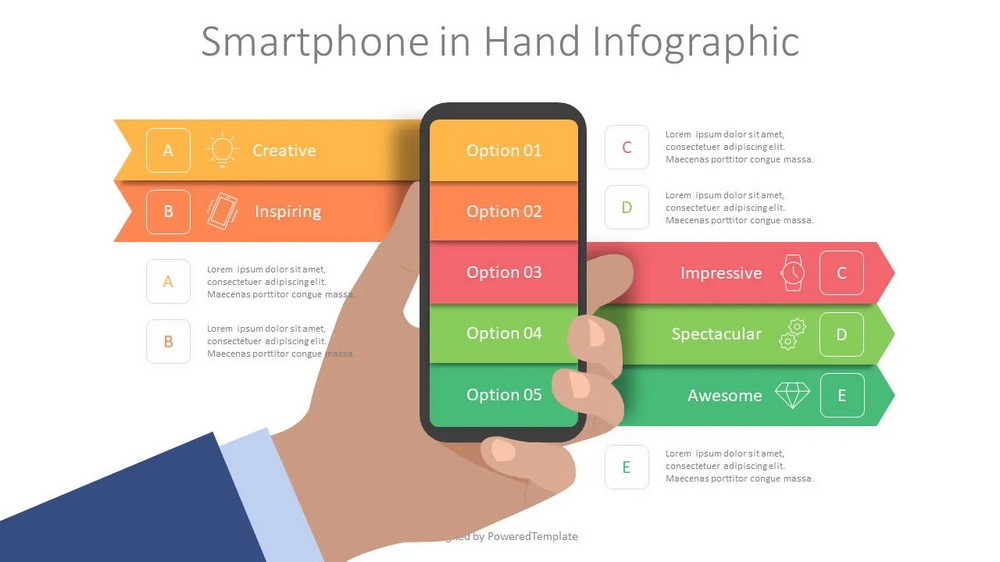
Key Elements of Apple’s Business Model
- Hardware and Software Integration: Apple’s business model centers around the tight integration of its hardware, software, and services. By controlling both the hardware and software components of its devices, Apple ensures a seamless and optimized user experience.
- Premium Pricing: Apple’s business model relies on positioning its products as premium offerings. Despite the higher price points, Apple has successfully cultivated a loyal customer base that values the quality, design, and brand reputation associated with its products.
- Ecosystem and Lock-In: Apple has created an ecosystem that fosters customer loyalty and lock-in. The integration of its devices, software (such as iOS and macOS), and services (such as iCloud, App Store, and Apple Music) encourages customers to remain within the Apple ecosystem, increasing customer retention and generating recurring revenue.
- Focus on Customer Experience: Apple’s relentless focus on providing exceptional customer experience sets it apart from its competitors. From the design and aesthetics of its products to the intuitive user interfaces and seamless integration, Apple prioritizes user satisfaction at every touchpoint.

Business Model Success and Innovations
Apple’s business model has propelled the company to remarkable success, evident in its strong financial performance and market dominance. Several key innovations have contributed to Apple’s growth:
- Revolutionary Products: Apple has a track record of introducing groundbreaking products that redefine industries. Examples include the iPod, iPhone, iPad, and more recently, the Apple Watch and AirPods. These products have captured consumer attention and set new standards in their respective markets.
- Digital Services: Apple’s expansion into digital services, such as the App Store, Apple Music, iCloud, and Apple Pay, has diversified its revenue streams and enhanced customer engagement. These services further reinforce the ecosystem lock-in and generate recurring revenue.
- Retail Strategy: Apple’s retail stores are a critical component of its business model. The company’s physical stores provide a unique and immersive shopping experience, allowing customers to interact with products and receive personalized assistance from knowledgeable staff.
Continual Innovation and Future Outlook
Apple’s business model emphasizes continual innovation to stay at the forefront of technology and meet evolving customer needs. The company invests heavily in research and development, pushing boundaries in areas like chip design, augmented reality, and services.

Looking ahead, Apple aims to leverage its business model strengths to capitalize on emerging trends such as wearable technology, healthcare, and services. By maintaining a focus on user experience, ecosystem integration, and innovation, Apple is well-positioned to continue its success and shape the future of technology.
Airbnb
Airbnb has emerged as a disruptive force in the hospitality industry, offering a unique business model that connects travelers with homeowners, enabling the sharing of accommodations. Through its platform, Airbnb has transformed the way people travel and opened up new opportunities for individuals to monetize their unused spaces.
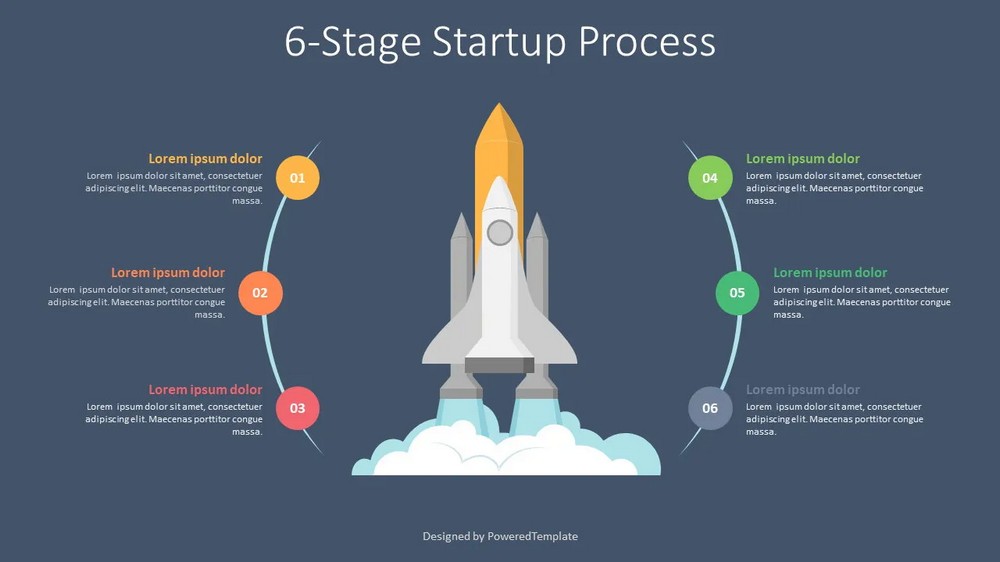
Key Elements of Airbnb’s Business Model
- Peer-to-Peer Marketplace: Airbnb operates as a peer-to-peer marketplace, facilitating direct interactions between hosts and guests. By removing intermediaries, the platform creates a decentralized network where hosts can list their properties, set their own prices, and communicate directly with guests.
- User-Generated Content and Trust: User-generated content, including property descriptions, photos, and guest reviews, plays a crucial role in Airbnb’s business model. This content allows potential guests to make informed decisions and builds trust among the community. Airbnb employs various verification mechanisms to enhance trust, such as host and guest profiles and secure payment systems.
- Value Proposition: Airbnb’s value proposition lies in offering unique and personalized accommodations that often provide a more immersive experience than traditional hotels. Travelers can choose from a wide range of options, including entire homes, apartments, private rooms, or even unique stays like castles or treehouses.
- Disruption of Traditional Hospitality: Airbnb’s business model disrupts the traditional hospitality industry by providing alternative accommodations that cater to a broader range of preferences and budgets. It offers flexibility, affordability, and the opportunity to experience destinations from a local perspective.
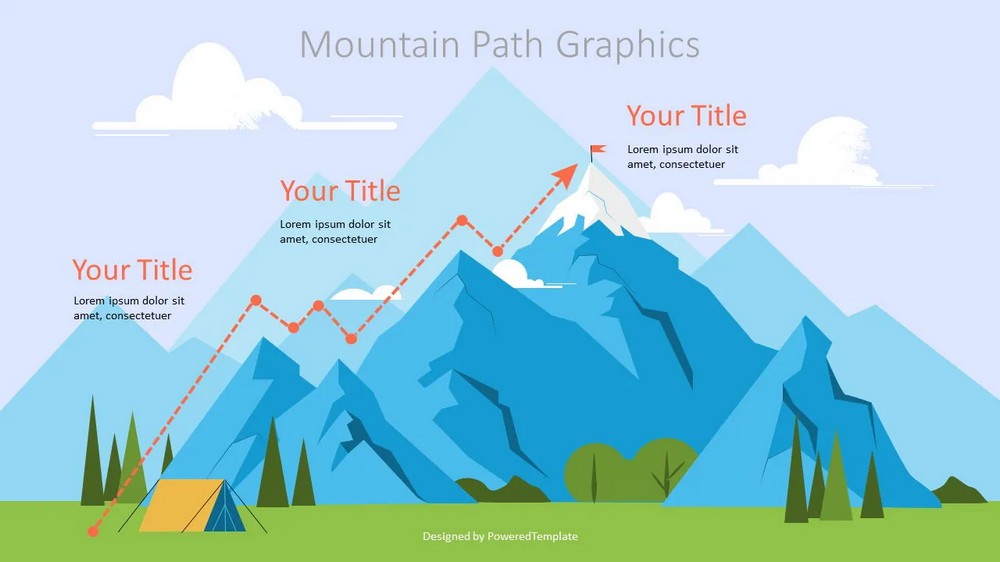
Business Model Success and Innovations
Airbnb’s innovative approach to travel accommodations has propelled its growth and global presence:
- Scaling through the Sharing Economy: Airbnb leveraged the power of the sharing economy, enabling homeowners to monetize their properties and travelers to find affordable and unique accommodations. This scalable model has allowed Airbnb to rapidly expand its inventory and reach new markets.
- Dynamic Pricing: Airbnb introduced dynamic pricing, allowing hosts to adjust their prices based on demand, seasonality, and local events. This pricing model maximizes occupancy rates and host earnings while offering competitive rates to guests.
- Experiences and Services: In addition to accommodations, Airbnb introduced Experiences, which enable hosts to offer curated activities and local tours to guests. This diversification expands Airbnb’s revenue streams and enhances the overall travel experience for guests.
Challenges and Adaptation
While Airbnb’s business model has achieved significant success, it has also faced challenges:
- Regulatory Environment: Airbnb has encountered regulatory challenges in many jurisdictions, as its operations often fall outside the traditional scope of hospitality regulations. Navigating and adapting to varying regulations worldwide has required Airbnb to collaborate with governments and implement measures to ensure compliance.
- Safety and Trust: Maintaining safety and trust within the community is crucial for Airbnb’s long-term success. The company has implemented initiatives such as enhanced safety measures, guest screening tools, and the Airbnb Host Guarantee to address these concerns and protect both hosts and guests.
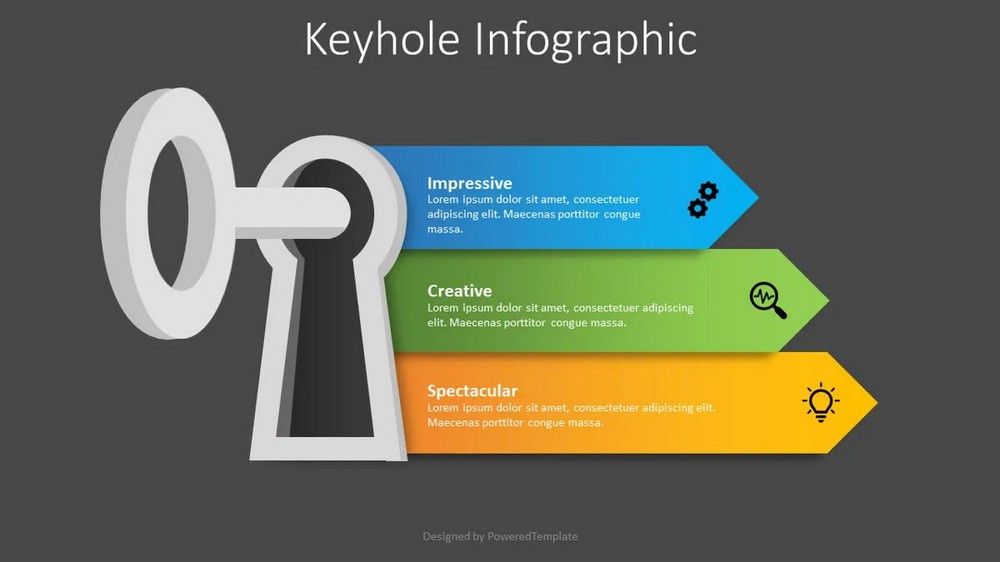
Future Outlook
Airbnb continues to innovate and evolve its business model to adapt to changing traveler preferences and market dynamics. The company aims to expand its services, enhance personalization through data analytics, and invest in technology to improve the user experience.
As the hospitality industry continues to evolve, Airbnb’s business model is poised to play a significant role in shaping the future of travel and accommodations.
Netflix
Netflix has revolutionized the entertainment industry by introducing a subscription-based streaming service that offers a vast library of on-demand content. The company’s success can be attributed to its innovative business model, which has transformed how people consume entertainment.
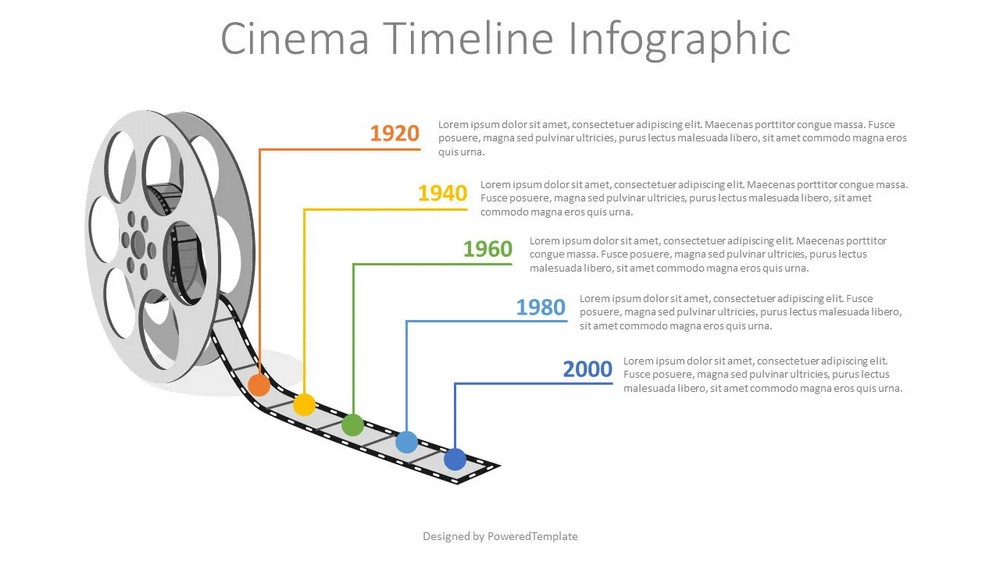
Key Elements of Netflix’s Business Model
- Subscription-Based Model: Netflix operates on a subscription-based model, where users pay a monthly fee for unlimited access to its content library. This model provides subscribers with the flexibility to watch their favorite shows and movies at their convenience without advertisements.
- Content Licensing and Original Productions: Netflix’s business model relies on licensing content from various studios and producing its own original content. By offering a diverse range of shows, movies, documentaries, and stand-up specials, Netflix ensures a compelling and ever-expanding content library.
- Data-Driven Personalization: Netflix leverages data analytics to personalize the viewing experience for each subscriber. By analyzing user preferences, viewing history, and ratings, the platform recommends relevant content, increasing engagement and retention.
- Multi-Device Accessibility: Netflix’s business model emphasizes accessibility across multiple devices, including smartphones, tablets, smart TVs, and gaming consoles. This allows subscribers to stream content anytime, anywhere, and on their preferred devices.

Business Model Success and Innovations
Netflix’s innovative approach to content delivery and consumption has driven its remarkable success:
- Disruption of Traditional Distribution Channels: Netflix disrupted traditional distribution channels by directly delivering content to consumers over the internet. This eliminated the need for physical media, such as DVDs, and bypassed traditional broadcast and cable networks.
- Original Content Strategy: Netflix’s investment in original content has been a game-changer. By producing high-quality shows like “Stranger Things,” “House of Cards,” and “The Crown,” Netflix differentiates itself from competitors and attracts subscribers with exclusive and compelling content.
- Global Expansion: Netflix expanded its business model globally, making its streaming service available in numerous countries. This strategic expansion allowed the company to tap into new markets, increase its subscriber base, and achieve significant international growth.
Challenges and Adaptation
While Netflix’s business model has been highly successful, it has also faced challenges along the way:
- Content Costs: Acquiring and producing high-quality content involves substantial costs. As competition in the streaming industry intensifies, securing rights to popular content becomes increasingly expensive. Netflix adapts by investing in original productions and striking exclusive deals with content creators.
- Competitive Landscape: The streaming industry has become highly competitive, with the emergence of new players and the entry of established media companies. To maintain its position, Netflix continues to innovate, diversify its content offerings, and invest in technology and data-driven insights.

Future Outlook
Netflix’s business model remains focused on content creation, personalization, and global expansion. The company aims to continue investing in original content, catering to diverse audience interests, and expanding its international presence.
As technology evolves and viewer preferences change, Netflix is poised to adapt its business model and leverage emerging trends such as interactive storytelling, augmented reality, and virtual reality to enhance the viewer experience.
Tesla
Tesla, led by visionary entrepreneur Elon Musk, has disrupted the automotive industry with its innovative business model that focuses on electric vehicles (EVs), sustainable energy, and autonomous driving technology. The company’s unique approach has not only transformed the perception of electric cars but also redefined the traditional automotive business model.

Key Elements of Tesla’s Business Model
- Electric Vehicles and Sustainable Energy: At the core of Tesla’s business model is the production and sale of electric vehicles. Tesla aims to accelerate the transition to sustainable transportation by offering high-performance, long-range electric cars that are both environmentally friendly and technologically advanced. Additionally, the company is committed to developing clean energy solutions, such as solar energy and energy storage through its Powerwall and Powerpack products.
- Vertical Integration: Tesla follows a vertically integrated business model, which means it handles various aspects of the production process in-house. From design and engineering to manufacturing and sales, Tesla maintains control over critical aspects of its operations. This integration allows for greater quality control, innovation, and efficiency.
- Supercharger Network: Tesla has established its Supercharger network, a fast-charging infrastructure that enables Tesla owners to conveniently recharge their vehicles on long-distance trips. This network, combined with Tesla’s efforts to expand charging infrastructure globally, addresses the issue of range anxiety and promotes the widespread adoption of electric vehicles.
- Autonomous Driving and Software Updates: Tesla’s business model incorporates autonomous driving technology. The company equips its vehicles with advanced driver-assistance systems, such as Autopilot, and regularly releases software updates to enhance performance, safety, and autonomous capabilities. This approach allows Tesla to provide continuous value to its customers and stay at the forefront of automotive innovation.

Business Model Success and Innovations
Tesla’s business model has been instrumental in its success and industry-wide impact:
- EV Market Leadership: Tesla’s relentless focus on electric vehicles has positioned the company as a leader in the EV market. By prioritizing performance, range, and charging infrastructure, Tesla has challenged the perception that electric cars are inferior to internal combustion engine vehicles.
- Brand Reputation and Customer Loyalty: Tesla has cultivated a strong brand reputation synonymous with innovation, cutting-edge technology, and sustainability. This reputation, coupled with its loyal and passionate customer base, has created a strong competitive advantage and brand differentiation.
- Battery Technology Advancements: Tesla has made significant strides in battery technology, including developing its own battery cells and introducing cost-effective battery systems. These advancements have contributed to increasing the affordability and range of electric vehicles, making them more accessible to a broader audience.
Challenges and Future Outlook
Tesla’s business model also faces challenges and uncertainties:
- Manufacturing and Production Scalability: As Tesla strives to meet growing demand and expand its market presence, scaling up production has presented challenges. Ensuring efficient manufacturing processes, maintaining quality control, and meeting delivery targets are ongoing areas of focus.
- Competition and Market Dynamics: The automotive industry is witnessing a surge in competition from both established automakers and new entrants focusing on electric vehicles. Tesla must continually innovate, improve its cost structure, and differentiate itself to maintain its market leadership.

Looking ahead, Tesla’s business model is poised for continued growth and innovation. The company aims to further advance autonomous driving technology, expand its product lineup to cater to a broader customer base, and continue investing in sustainable energy solutions. With its commitment to revolutionizing transportation and sustainability, Tesla is shaping the future of the automotive industry.
Uber
Uber has disrupted the transportation industry with its innovative business model that connects riders with drivers through a convenient and user-friendly mobile application. The company’s platform-based approach has transformed the way people hail rides and has created new opportunities for drivers worldwide.
Key Elements of Uber’s Business Model

- Ride-Hailing Platform: Uber operates as a ride-hailing platform that connects riders with drivers. The mobile application allows users to request rides, view driver information, track their journey, and make cashless payments. This convenient and efficient system has revolutionized the way people access transportation services.
- Driver Network and Gig Economy: Uber’s business model leverages a vast network of drivers who operate as independent contractors. This gig economy approach allows individuals to earn income by providing transportation services on their own schedule using their personal vehicles.
- Dynamic Pricing and Surge Pricing: Uber introduced dynamic pricing, also known as surge pricing, which adjusts fares based on supply and demand. During peak hours or high-demand periods, prices increase to incentivize more drivers to be available. This pricing model helps balance supply and demand while ensuring reliable transportation options for riders.
- Ratings and Feedback: Uber incorporates a robust ratings and feedback system where both riders and drivers can rate each other and provide feedback after each trip. This system promotes accountability, encourages quality service, and helps maintain a high standard of customer satisfaction.
Business Model Success and Innovations
Uber’s business model has disrupted the transportation industry and experienced significant success:
- Convenience and Accessibility: Uber’s user-friendly mobile application provides seamless access to transportation services with just a few taps on a smartphone. It has made hailing rides more convenient and accessible, reducing the need for traditional taxi services.
- Market Expansion and Diversification: Uber has expanded its operations globally, entering numerous cities and countries worldwide. The company has also diversified its services beyond traditional ridesharing, including offerings such as Uber Eats for food delivery and Uber Freight for trucking logistics.
- Innovation in Transportation Solutions: Uber has been at the forefront of innovation in transportation, with investments in autonomous driving technology and electric vehicles. These advancements aim to enhance safety, reduce environmental impact, and improve the efficiency of transportation networks.
Challenges and Adaptation

Uber’s business model has faced regulatory challenges and criticism, leading to necessary adaptations:
- Regulatory Environment: Uber has encountered regulatory hurdles in various regions, as its operations often fall outside traditional taxi regulations. Adapting to local regulations and collaborating with governments has been crucial for Uber’s continued operations and market expansion.
- Safety and Trust: Maintaining safety and trust within the Uber community is a priority. The company has implemented measures such as driver background checks, in-app safety features, and customer support to address safety concerns and build trust among riders.
Future Outlook
Uber’s business model continues to evolve to meet changing market dynamics and customer needs. The company aims to further develop autonomous vehicle technology, expand its services to additional verticals, and explore innovative transportation solutions.
As the transportation landscape continues to transform, Uber’s platform-based business model is poised to play a significant role in shaping the future of urban mobility and on-demand transportation.
Lessons Learned and Key Takeaways
Studying successful business models provides valuable lessons and key takeaways that can guide entrepreneurs, business owners, and professionals in their own ventures.

Here are some important lessons we can glean from the examined business models:
- Innovation and Disruption: Successful business models often involve disruptive innovations that challenge traditional norms and practices. Companies like Apple Inc., Netflix, Tesla, and Uber have revolutionized their industries by introducing innovative products, services, or platforms that meet evolving customer needs.
- Customer-Centric Approach: Putting the customer at the center of the business model is crucial. Understanding customer preferences, pain points, and aspirations enables companies to deliver exceptional value and create lasting customer relationships. Airbnb and Uber, for example, have prioritized convenience, personalization, and user experience to differentiate themselves.
- Embracing Technology: Embracing technology is a key driver of success in today’s digital age. Companies like Apple, Netflix, and Tesla have embraced technological advancements to create unique offerings and enhance customer experiences. Leveraging technology enables businesses to streamline operations, improve efficiency, and scale their ventures.
- Adaptation and Agility: The business landscape is constantly evolving, and successful companies demonstrate the ability to adapt and pivot. Netflix’s shift from DVD rentals to a streaming model and Tesla’s focus on sustainable energy solutions exemplify the importance of adapting to changing market dynamics and consumer trends.
- Building Ecosystems and Networks: Creating ecosystems and networks that bring together multiple stakeholders can lead to sustainable growth. Apple’s ecosystem of devices, services, and developers, as well as Uber’s driver and rider networks, demonstrate the power of building interconnected systems that drive value for all participants.
- Data-Driven Decision Making: Data analytics and insights play a crucial role in decision-making processes. Netflix’s personalized recommendations and Uber’s dynamic pricing are examples of how data-driven approaches enhance customer experiences, optimize operations, and drive business growth.
- Continuous Learning and Experimentation: Successful companies foster a culture of continuous learning and experimentation. They embrace failure as an opportunity to iterate and improve. Tesla’s approach to refining autonomous driving technology and Netflix’s experimentation with original content production highlight the importance of pushing boundaries and embracing a growth mindset.
- Navigating Regulatory Challenges: Disruptive business models often face regulatory challenges. Companies like Airbnb and Uber have had to navigate complex regulatory environments to establish their operations. Understanding and collaborating with regulatory bodies is crucial for long-term success.

By incorporating these key takeaways into their own ventures, entrepreneurs and business professionals can enhance their chances of building successful and sustainable businesses in today’s dynamic and competitive landscape.
Conclusion
In this article, we explored various business model examples and case studies that have been successful in different industries. We examined the business models of Apple Inc., Airbnb, Netflix, Tesla, and Uber, delving into their key elements, strategies, and innovations.

Through our analysis, we discovered important lessons and key takeaways that can guide entrepreneurs, business owners, and professionals in their own ventures. We learned about the significance of innovation, customer-centric approaches, embracing technology, adaptation, building ecosystems and networks, data-driven decision making, continuous learning, and navigating regulatory challenges.
Additionally, we highlighted the availability of premium and free business model presentation templates to assist readers in effectively showcasing these business models. These templates offer visually appealing designs, customizable layouts, and pre-designed sections that can save time and enhance the impact of presentations.
By understanding and learning from successful business models, entrepreneurs and professionals can gain valuable insights to drive innovation, create sustainable ventures, and adapt to the ever-evolving business landscape. The lessons and key takeaways discussed in this article can serve as guiding principles for those seeking to develop their own successful business models.
Remember, innovation and success come from applying knowledge, taking calculated risks, and continuously iterating. As you embark on your own entrepreneurial journey or seek to optimize your existing business, remember to study and draw inspiration from these successful business models. Embrace the lessons learned, adapt them to your unique circumstances, and forge your own path to success.
Utilize the business model presentation templates we provide to create visually compelling presentations that effectively convey the essence of your business model and captivate your audience. By leveraging these resources, you can enhance your communication, inspire others, and increase your chances of achieving sustainable growth and success.
In conclusion, may the examples, insights, and resources shared in this article serve as a source of inspiration and empowerment as you navigate the exciting world of business models and entrepreneurship.

